Less than a week has passed since the introduction of the Tesla Cybertruck, and the waves have still not settled, whether the appearance of this electric pickup truck is a step backwards or the future, a joke elaborately designed by Tesla boss Elon Musk or visionary design.
The simple, angular shape of the vehicle, which looks as if it had been drawn by a five-year-old, shocks at first. Hard, angular, masculine, dystopian, without a single curve, this is how the Cybertruck presents itself. The analysts and industry experts were unanimous in their opinion that Musk must now be completely mad. No wonder, then, that the share price fell by 7 percent the next day.
And yet, three days after the presentation, Elon Musk tweeted a single number: 200,000.
The number of advance orders for this vehicle had already reached 200,000. Is Elon Musk right after all? Once again? Did the performance figures of the Cybertruck – faster acceleration than a Porsche 911, stronger than a Ford F150, bulletproof body, and despite the failed presentation the bulletproof glass – convince the people? Or is the design more important and decisive for the purchase decision than you think?
To do this, we need to go back in time to understand design change and recognize the right time when people’s willingness to make such drastic changes has sufficiently increased. So let’s go back 200 years when steam horses saw the light of day.
Railroads
The first railroads were nothing more than a few carriages placed on rails, connected by a chain and pulled by a steam locomotive. The steam locomotive itself was more like a steam engine on a skateboard platform.
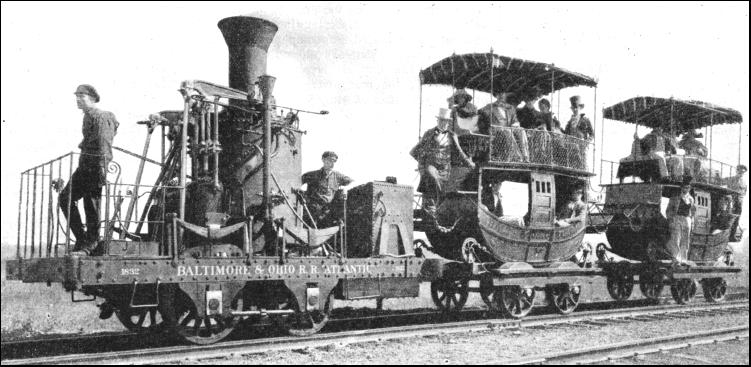
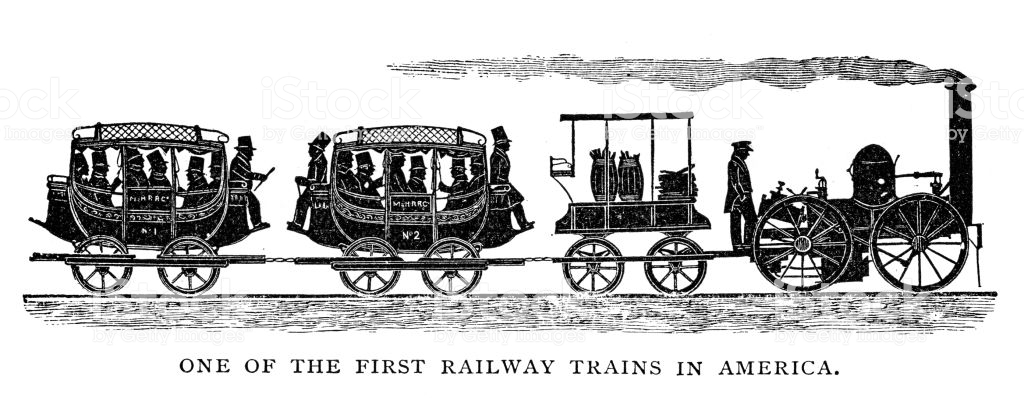
Map from “A History of the United States for America for Schools” 1895
This was no accident, because the first rail-based systems were actually horse-drawn railways. These were carriages on rails with a horse.
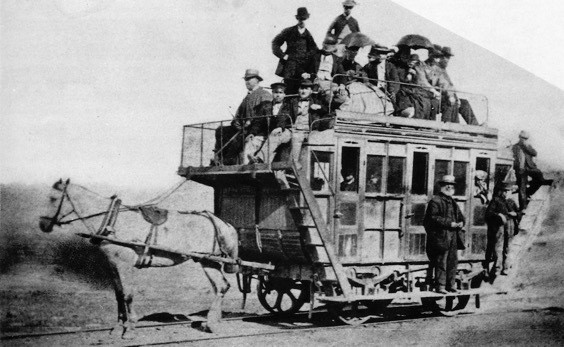
Only later did they take on the form we know today. Long wagons, with their own coupling system and from steam locomotives to electric locomotives as the draught horses. With almost 200 years of development, today’s modern trains resemble little to the first railways in England in 1825.
The familiarization of the people who were used to carriages at that time was small and yet enormous at the same time. The new type of drive allowed higher speeds, and many experts thought that these speeds would put too much strain on the human body and pose a danger. This was quickly disproved, and after getting used to it and gaining experience, the engineers understood better what other demands this new form of locomotion now placed on the design of locomotives and wagons. And successively the form changed.
Automobile
We are even more familiar with the developments in the automobile. From the Carl Benz Motor Car 1 to the splendid cruisers of the 1960s to the often faceless vehicles of our time, design moved away more and more from the carriage to the car. 130 years of development showed that the type of drive required certain design elements – the engine compartment, for example.
Electricity
No matter where you look, the pattern is always recognizable. When the steam engine was replaced by electric motors, the engineers proceeded quite simply. Production processes arranged around a large steam engine did not change. Steam engines supplied the machines with power by means of levers, belts and gear wheels. Small steam engines were not used because they were very inefficient.
But now, instead of the steam engine, a large electric motor had simply been installed. None of the great improvements in efficiency that had been hoped for came about. It was only years after this change in drive type – and after the retirement of the engineers responsible – that the young engineers realized the potential and were able to implement it. Instead of a large electric motor, many small motors could be used. This allowed a complete reorganization of the production processes and led to massive increases in production.
Electric Vehicles
We are entering a similar phase with the electric car. The engine compartment – as an example – which has been absolutely necessary up to now due to the technology – loses its usefulness. The electric motors are much more compact and can sit directly on the axle or the wheel, and the battery is on the car floor.
A Tesla Model S, X, 3 and also the Roadster are thus in the current design language what motorized carriages for the automobile or the arrangement around a steam engine were 130 years ago. They still lean strongly on the design language of the predecessor technology, without having the necessity for it.
At the same time, however, this makes some sense with products for end customers. They are slowly being introduced to the novelty of the product. Remember two electric cars from more recent times, which found their followers, but nevertheless remained niche products. The hybrid Honda Insight and General Motors EV1 were revolutionary not only in the way they powered our generation, but also in their design.
And too many significant changes at once overburden many customers, and such products often flop.
In this respect, Tesla’s brilliant move was to leave the outer shape of the Roadster and Model S similar to an internal combustion engine and concentrate on the inner values – electric drive and digital equipment – which ultimately led to success. Customers were gradually introduced to a paradigm shift.
It’s known as skeuomorphism. By this definition it is a
derivative object that retains nonfunctional ornamental design cues (attributes) from structures that were inherent to the original.
The Model S or the Roadster imitate an older, familiar object – an internal combustion engine. However, this form is not based on its function due to the new type of drive.
Also with the introduction of the iPhone this was full with such skeuomorphisms. The note app looked like a notebook, the contact list like a Filofax. Even video apps on the PC often had the look of a TV with antennas.
As soon as customers got used to the new technology in their old clothes, this old dress could be discarded and the full new potential exploited.
Cybertruck
And this is exactly the phase Tesla entered with the Cybertruck. Ten years of electric car production, with an accompanying customer acclimatization to the new technology, now also allows to radically change the design. Just as the previous Tesla models already offer functions such as the sentry or dog mode, which combustion vehicles for technical reasons could offer only limited or not at all, the electric Cybertruck opens up new possibilities. No engine compartment, separate drive for each wheel, larger loading area with the same overall length, acceleration of a sports car and so on.
And customers and everyone who pre-ordered understood this intuitively. The Cybertruck has opened the doors to the next generation of cars with its appearance and first insight into possibilities. From now on, at least from this point of view, every previous pickup truck looks like the carriage that existed before the automobile.
Oh, and before I forget: of course I ordered one too.

This article was also published in German.
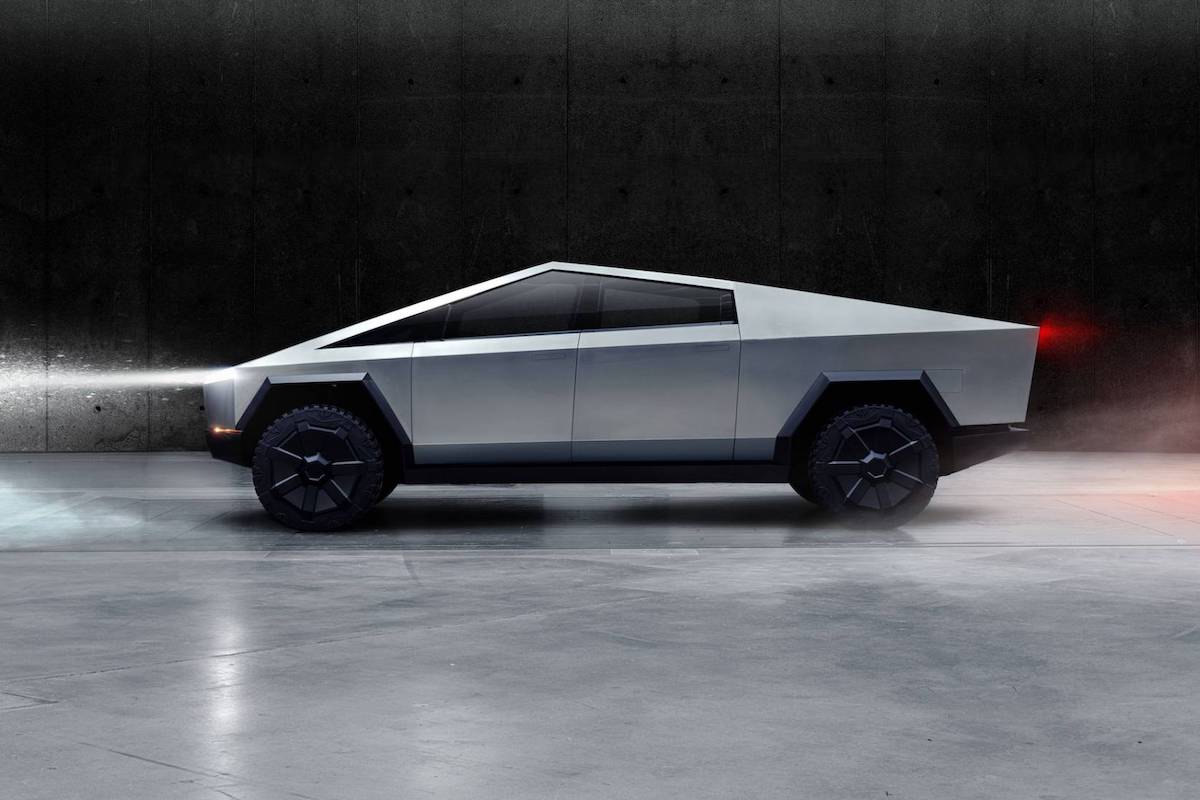

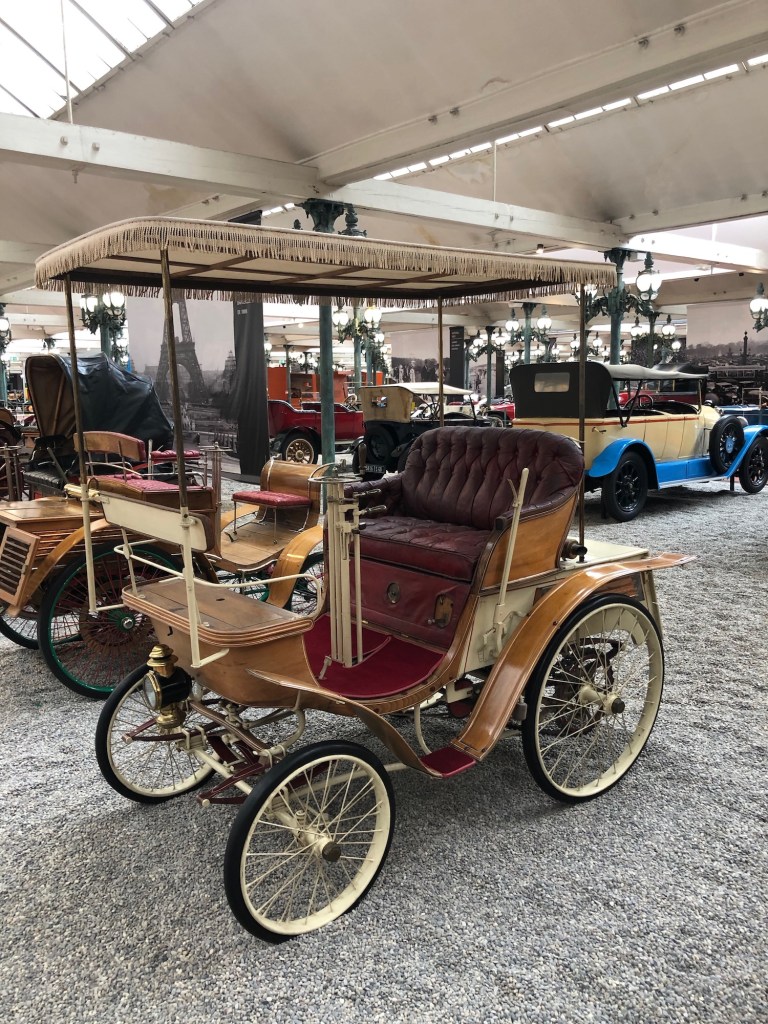

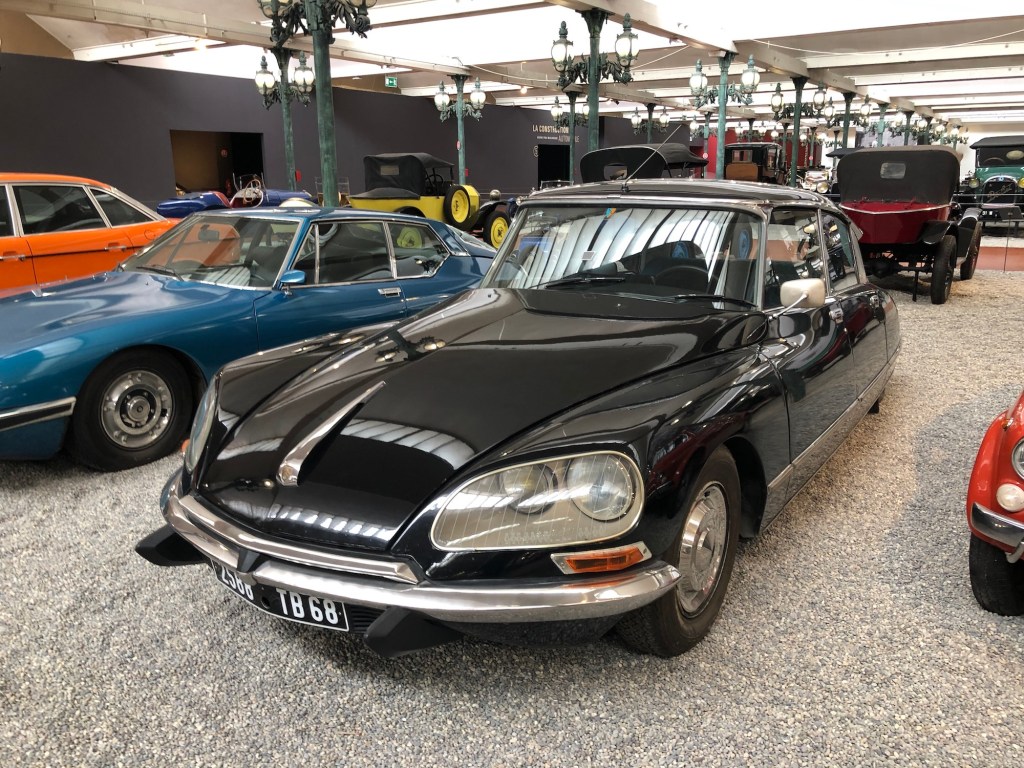
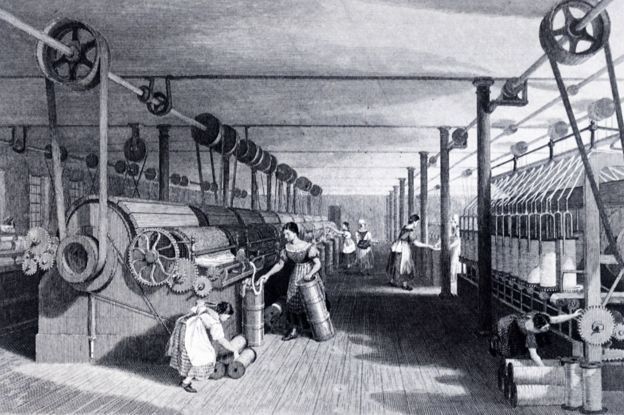

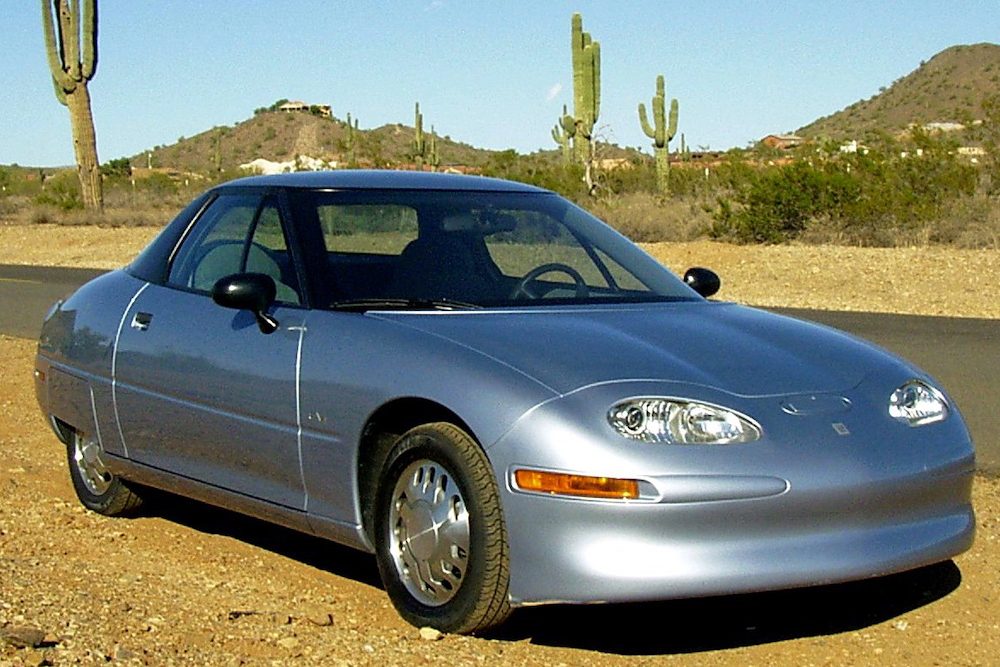
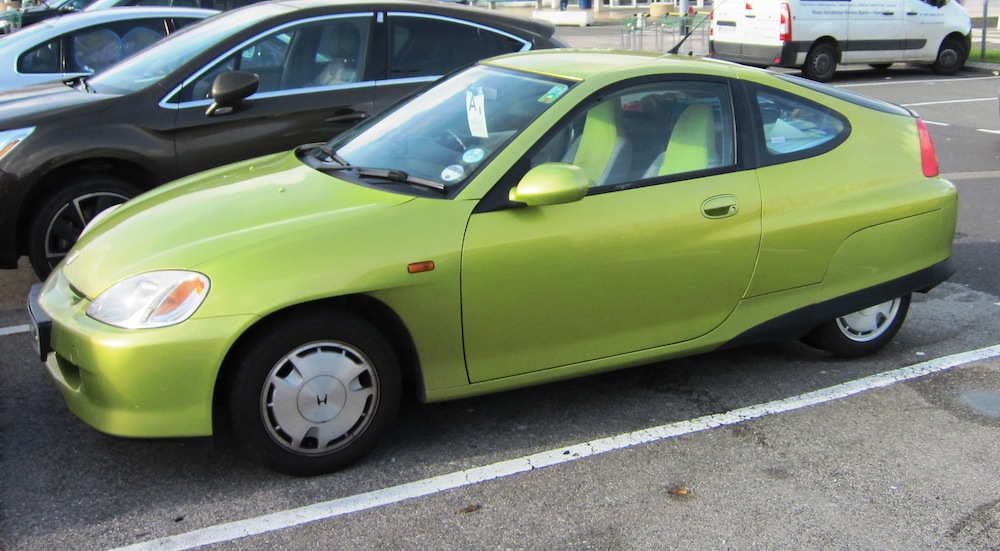
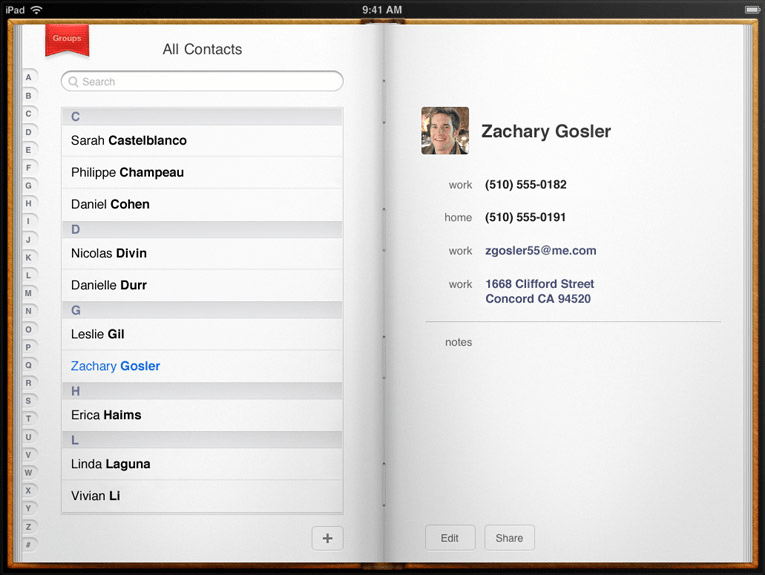

Agreed! Also the way they have been delivering on specs is pretty epic too. I can’t wait to see the self driving fully in action with it as well
LikeLike